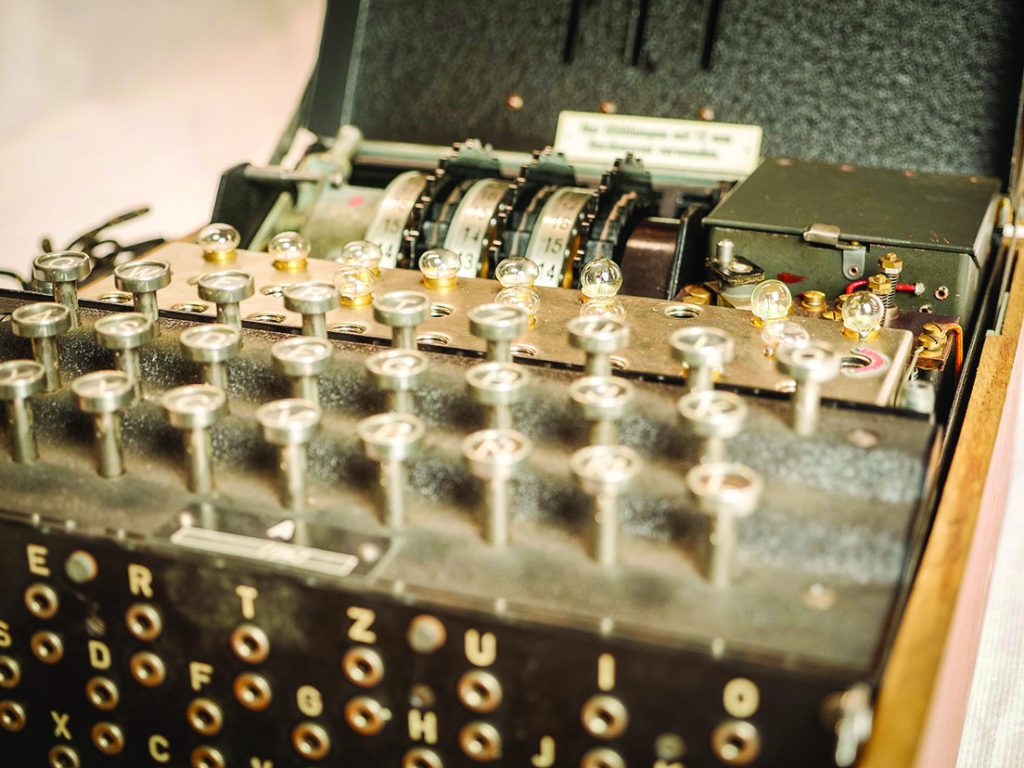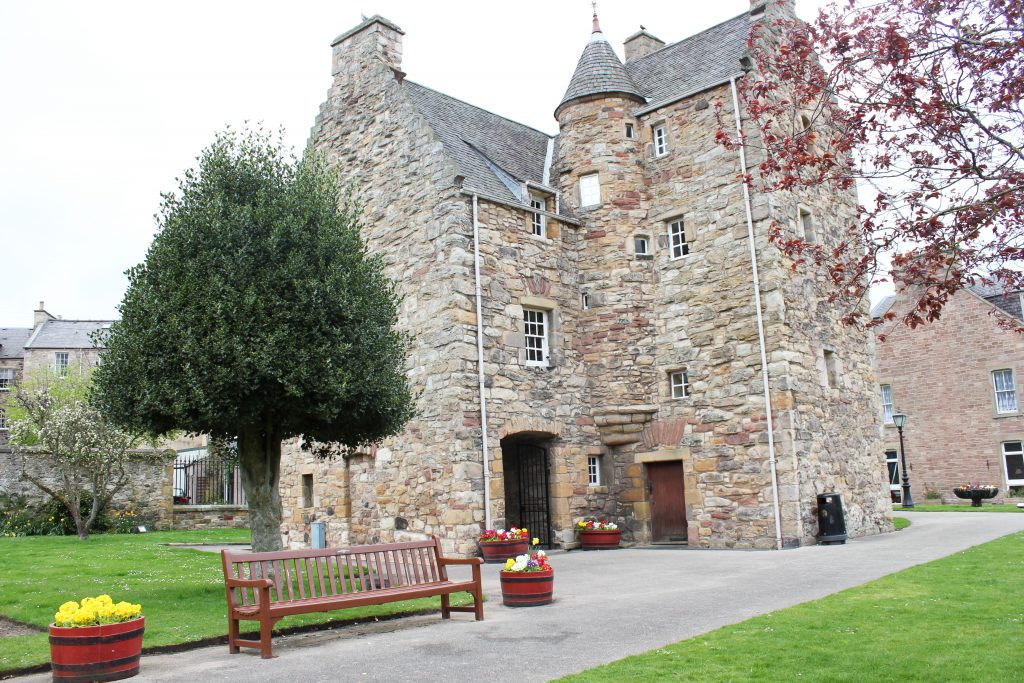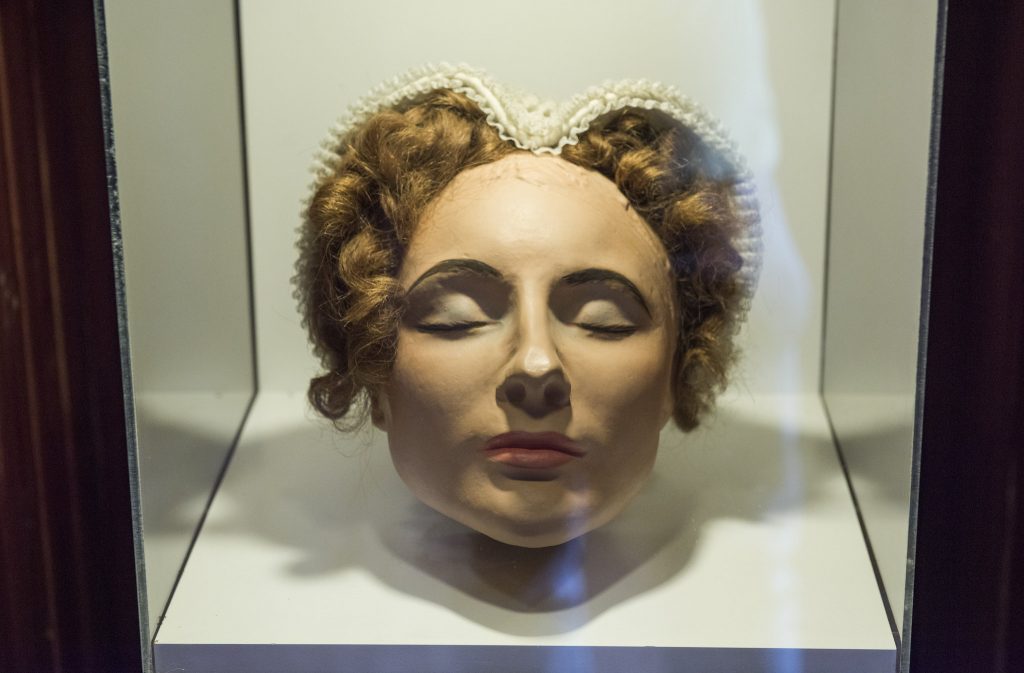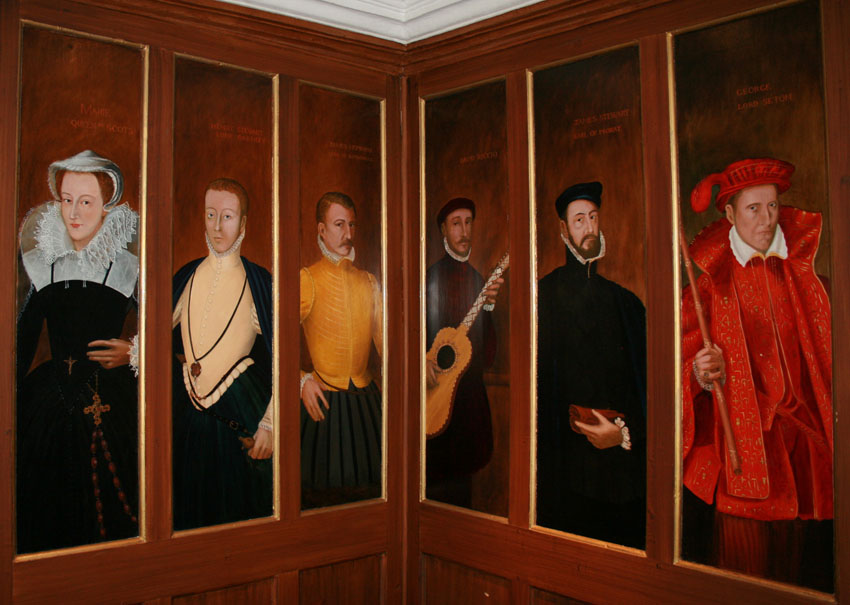
On a wall in the British Legion Club in Jedburgh, neatly positioned between two Victoria Cross memorials, sits a third commemorative display, this one containing a George Cross.
It is no exaggeration to say that the remarkable story attached to this George Cross, awarded posthumously to First Lieutenant Tony Fasson RN, changed the course of the Second World War.
As a young boy he lived in Lanton Tower, near Jedburgh, growing up in the beautiful Borders countryside and a world away from the horrors of trench warfare ravaging Europe at the time.
In the early 1920’s, at the age of seven or eight, Tony went off to boarding school
and from there joined other young hopefuls at Dartmouth Naval College to prepare for a career in the Royal Navy.
Along the way this natural athlete became an expert and strong swimmer – a combination that would have fateful and historic consequences.
In 1941, and now First Lieutenant Tony Fasson, he was assigned to join the crew of HMS Petard, a 1,540 ton destroyer newly off the slipway at Vickers Armstrong yard on Tyneside.
As part of the Mediterranean fleet, HMS Petard and its crew, captained by Lt Commander Mark Thorton, would distinguish itself on many occasions, but none more memorably than on October 30 1942.
On that day Petard, in company with three other Royal Navy ships, was steaming to waters off Port Said on the Egyptian coast to investigate reports of radar contact with a German submarine. A sustained depth charge attack was laid down, eventually forcing the U-boat to the surface, and after Petard’s 4” guns caused serious damage the crew started to abandon ship.
Searchlights stabbed through the pitch black to reveal its identity as U-559 with its distinctive white donkey emblem on the conning tower.
Quick action was needed if the submarine was to give up any secrets. Tony Fasson together with Able Seaman Colin Grazier dived into the sea and swam across to the stricken vessel, followed in one of Petard’s boats by 16-year-old canteen assistant Tommy Brown.
Clambering down into U-559 the men made their way to the captain’s cabin where they found two code books printed in water-soluble ink. Passing them out to Brown they went back into the submarine to continue the search. U-559 made her final dive taking Tony Fasson and Colin Glazier with her.
They would never know the importance of their actions and nor, thanks to the cloak of secrecy that was thrown around the incident, would anyone else for a very long time.

In fact the documents they rescued, a Short Weather Cipher (Wetterkurzschussel) and Short Signal Book (Kurzsignalsheft), would turn out to be absolutely priceless.
Just over 2,500 miles away at Bletchley Park in Buckinghamshire, Britain’s top code breakers had hit a brick wall after the Germans introduced a fourth rotor into their brilliant Enigma machine code systems.
For months the upgraded M4 Enigma TRITON, named after the son of the Greek sea god Poseidon, had Bletchley’s best brains stumped. Closeted in Hut 8, cryptanalysts had given their task the code name SHARK but they had yet to sink their teeth into TRITON.

These were desperate times for convoys braving U-boat packs in the Atlantic. Had Germany managed to prevent merchant ships from carrying food, raw materials, troops and their equipment from North America to Britain, as well as vital supplies to North Africa, the outcome of the Second World War could have been very different.
The ultimate sacrifice made by Tony Fasson and Colin Grazier has to be set against this potentially cataclysmic backdrop. Their courage allowed a glimmer of light to penetrate the darkest days of the war and enabled the Bletchley boffins to get back on track.

It took 24 days to get the code books from U-559 to Bletchley and the breakthrough came on December 13. The short weather cipher was precisely what the cryptanalysts
needed.
Solutions to the hitherto impenetrable four-rotor Enigma messages between U-boat command and vessels on active duty soon began to flow. Only an hour after the first decrypts were made intercepts of U-boat signals were sent to the Admiralty’s submarine tracking room – revealing the positions of 15 submarines.
U-boat movements were exposed and the use of long range bombers and aggressive anti-submarine tactics gradually turned the tide in Britain’s favour. The scale of the breakthrough can be gauged by the fact that an estimated 1,250,000 tons of shipping and the lives of many seaman, were saved in December 1942 and January 1943 alone.
Both Tony and Colin Grazier were posthumously awarded the George Cross and Tommy Brown, the George Medal. Tragically the young Tynesider was to die trying to rescue his sister from a house fire in 1945.
For the Fasson family, Tony’s death was to be followed by more devastating news when brother Jim, a Colonel in the Lanarkshire Yeomanry, was taken prisoner by the Japanese after the fall of Singapore. Incarcerated in the notorious Changi POW camp he was later shipped with is men to Manchuria until the end of hostilities.
The two brothers met, for what turned out to be the final time, completely by chance in Simonstown in South Africa. Jim was on his way to the Far East and, soon after, Tony sailed for active service in the Mediterranean.
The incredible secrecy surrounding Bletchley Park and all things Enigma meant that the U-559 incident never really received the recognition it deserved. This story started when I read about Tony Fasson on a set of beer mats produced a few years ago to celebrate 12 ‘Unsung heroes of the Borders’.
The U-559 heroes are, however, commemorated with pride by their local communities.
Tony Fasson’s bravery is recorded on plaques at churches in Bedrule and Jedburgh – as well as in the Legion Club. His original George Cross now resides in the Scottish United Services Museum at Edinburgh Castle.
In Tamworth, home town of Colin Grazier, a town centre memorial and part of a small estate with streets named Fasson Close, Grazier Avenue, Brown Avenue, Bletchley Drive and Petard Close offer a permanent reminder.
And, more recently, a stained glass window has been installed in the Saville Exchange Building in North Shields to commemorate Tommy Brown’s part in the episode.
Everyone of us have reason to remember with gratitude the actions of all three.


